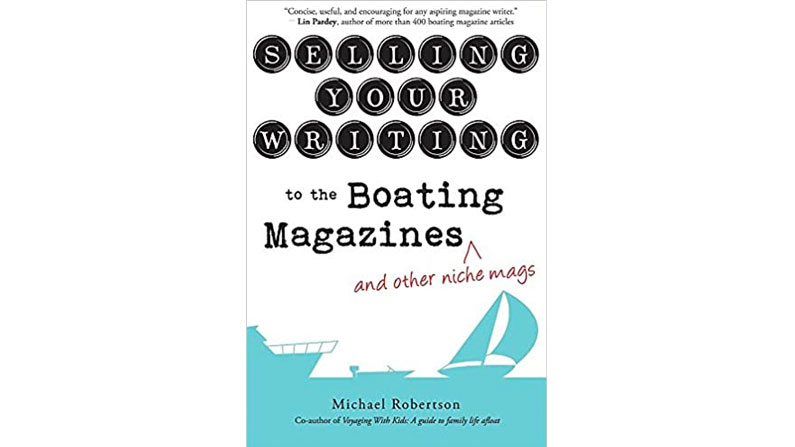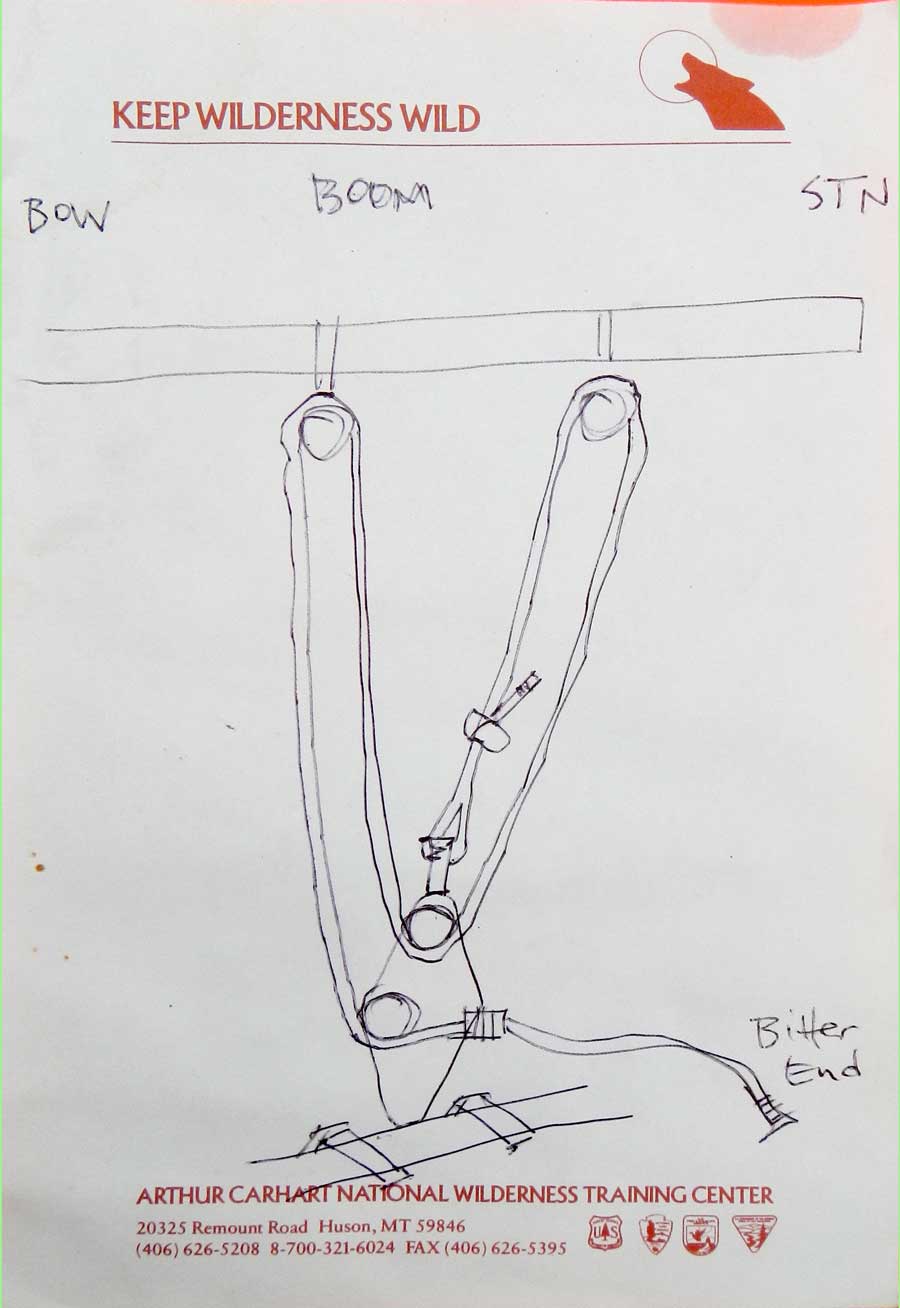 Michael Robertson has written the book I’ve been waiting for. It’s the book telling freelancers (sailing writers in particular) how to get their articles published. It’s the book telling fellow sailors how to make the media connections that lead to getting paid for their experiences with sailboats, whether those experiences are their boat projects, their research into nautical subjects, or their sailing memories. It’s the book that will simplify my work as an editor.
Michael Robertson has written the book I’ve been waiting for. It’s the book telling freelancers (sailing writers in particular) how to get their articles published. It’s the book telling fellow sailors how to make the media connections that lead to getting paid for their experiences with sailboats, whether those experiences are their boat projects, their research into nautical subjects, or their sailing memories. It’s the book that will simplify my work as an editor.
All you need, Michael says, is to be an enthusiast in the field (sailing, in this case) and to be willing to work at writing what interests you and connecting with editors. He should know. In the past several years, Michael has been very successful at selling his articles to many sailing publications, including Good Old Boat. He figures that he spends 5 to 7 hours a week writing magazine articles and corresponding with editors.
Selling Your Writing to the Boating Magazines is a how-to book of a different sort. You won’t learn how to fix your engine but you will learn how to sell an article about fixing that engine. You’ll need to know magazine trade lingo. Michael includes that. You’ll need to know the process involved in making contacts. He includes that. You’ll need to know who’s who on the masthead. Ditto. You’ll need to know how to pitch an idea. Yep, that’s in there too. You’ll need to submit a good manuscript and a complete package, including photos and captions. Michael includes examples. You’ll need to take good photos. Michael’s new book gives the best explanation of pixels and high-res vs. low-res images that I’ve ever read.
You’ll need to have a subject. You’ll need to be familiar with the magazines that might buy your articles. You’ll want to read their writers’ guidelines (usually published online these days). You’ll need to understand those magazines’ readers. You’ll need to have an impartial editor who can review your work before you submit it. Michael tells you all about it.
He also reminds you that acceptances take weeks or months and you must be patient. He notes that rejections happen. Get over it. Move on and try again. He talks about the legal and ethical issues of article publication online, rights and ownership, simultaneous submissions, and other subtle nuances that matter to magazine editors and publishers . . . the people you don’t want to offend over a “silly misunderstanding.” Michael also shares information with his readers about the circulation of the various sailing magazines and their relative pay scales.
From now on when I get queries from sailors wanting to know how to get started as writers for the sailing press, I’ll recommend this book. It’s not just the book that editors have been waiting for. It’s the book long awaited by every sailor who hopes to make a buck while pursuing his sailing dream.
Selling Your Writing to the Boating Magazines (and Other Niche Mags) by Michael Robertson (Force Four Publications, 2015, 98 pages)





